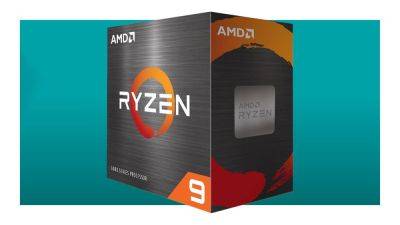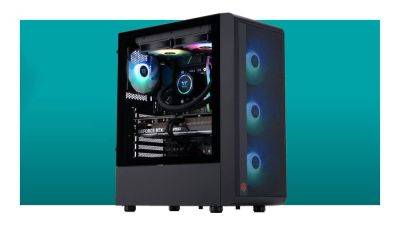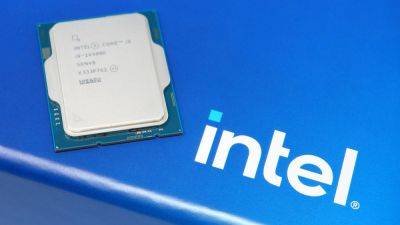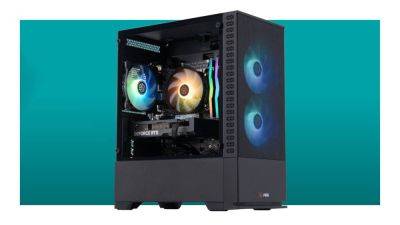Microsoft's new patent promises more efficient ray tracing for the Xbox and that could be a real boon for AMD's graphics cards too
Microsoft's research division has been hard at work trying to make ray tracing a more accessible feature for games of the future. A new patent from one of the team's senior architects describes how the memory and cache load for bounding volume hierarchies (BVH)— structures used to speed up ray tracing—can be reduced by using a similar approach to texture Level of Detail (LOD) application.
While Microsoft's Xbox consoles would be the main beneficiary of this technique, AMD's traditionally ray tracing weak GPUs, and graphics cards that aren't blessed with a ton of VRAM are also a potential winners.
As with all such patents, the details within it are complex but also broad in terms of where they could be used. Its author, Mark Grossman, is a senior architect in Microsoft's research division, specialising in chip development, and he has a long and distinguished career in GPUs (starting with Silicon Graphics, before moving to ATI Technologies, then AMD, and finally Microsoft).
Last year, he had a patent approved for reducing the memory footprint of meshlets, small groups of polygons as used in mesh shaders. His latest patent (via Tom's Hardware) follows a near-identical format. To speed up the process of ray tracing, games use BVH structures, which are a little like a flowchart of the volumes that objects in a 3D world take up. BVHs are split into a large overall map, called a top-level acceleration structure (TLAS), and multiple smaller bottom-level ones (BLAS).
In Cyberpunk 2077, the average size of the TLAS is around 15 to 20MB, but the total BLAS is many times larger than this, running into hundreds or thousands of megabytes. If your graphics card has 16GB or more of VRAM, it's not really a problem but if you have 8GB or less, then it's not hard to see why it can become an issue. And this is especially true of consoles with shared memory pools.
Microsoft's technique avoids using the entire BVH in one go. Instead, small chunks of it are used at a time, and the







